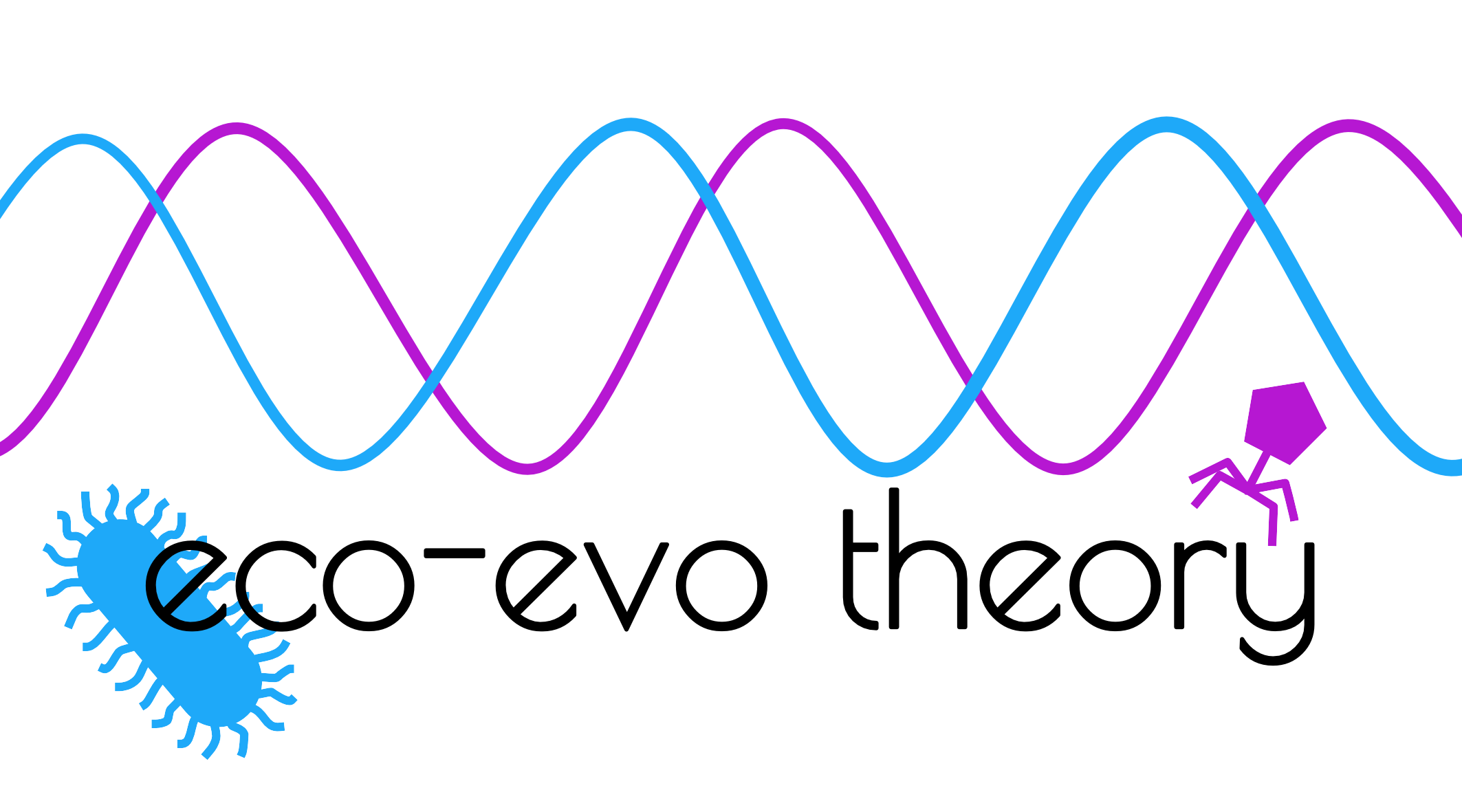Buckingham LJ & Ashby B (2023) The evolution of the age of onset of resistance to infectious disease. Bull. Math. Biol. 85:42
Read online | PDF | Preprint | Github repository
Abstract
Many organisms experience an increase in disease resistance as they age, but the time of life at which this change occurs varies. Increases in resistance are partially due to prior exposure and physiological constraints, but these cannot fully explain the observed patterns of age-related resistance. An alternative explanation is that developing resistance at an earlier age incurs costs to other life-history traits. Here, we explore how trade-offs with host reproduction or mortality affect the evolution of the onset of resistance, depending on when during the host’s life cycle the costs are paid (only when resistance is developing, only when resistant or throughout the lifetime). We find that the timing of the costs is crucial to determining evolutionary outcomes, often making the difference between resistance developing at an early or late age. Accurate modelling of biological systems therefore relies on knowing not only the shape of trade-offs but also when they take effect. We also find that the evolution of the rate of onset of resistance can result in evolutionary branching. This provides an alternative, possible evolutionary history of populations which are dimorphic in disease resistance, where the rate of onset of resistance has diversified rather than the level of resistance.

